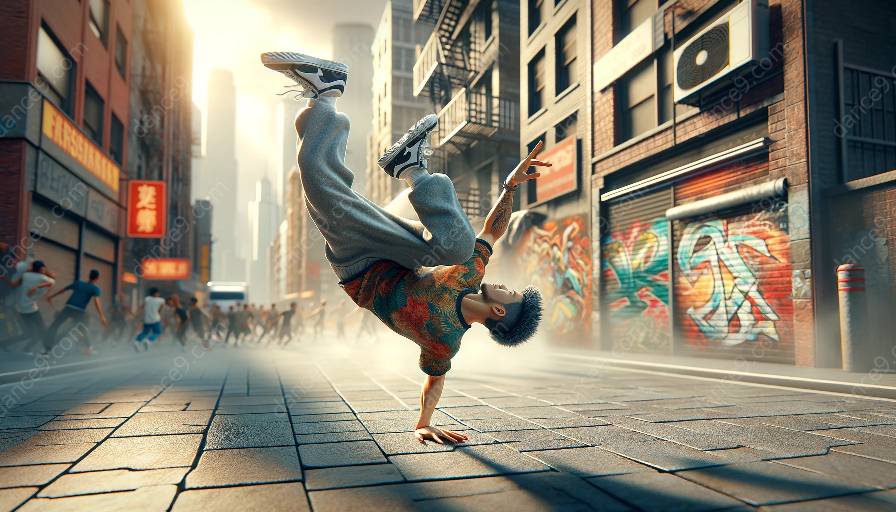Breakdancing is an energetic and expressive form of dance that requires physical strength, agility, and coordination. As with any physical activity, safety is paramount to ensure that dancers can enjoy their art form without risking injury. In this comprehensive guide, we will explore the importance of safety in breakdancing and how it can be integrated into dance classes, as well as the potential risks and best practices to stay safe while breakdancing.
Understanding the Risks
Breakdancing involves a wide range of movements, such as spins, flips, and complex footwork, which can put strain on the body if not executed properly. Injuries commonly associated with breakdancing include sprains, strains, and impact-related injuries from falls and jumps. It is important for dancers and instructors to be aware of these potential risks and take proactive measures to mitigate them.
The Importance of Warm-Ups and Cool-downs
Proper warm-up and cool-down routines are essential in preventing injuries and reducing muscle soreness. In dance classes, instructors should allocate time for warm-up exercises, focusing on stretching and mobility drills to prepare the body for the physical demands of breakdancing. Similarly, cool-down exercises help the body recover and reduce the risk of strain or injury after an intense dance session.
Importance of Proper Technique
Teaching and practicing proper breakdancing techniques is crucial for injury prevention. Instructors should emphasize the correct form and alignment for movements, as well as provide guidance on how to execute maneuvers safely. Students should be encouraged to progress at their own pace, gradually building strength and skill to execute more advanced movements without compromising safety.
Protective Gear
Wearing appropriate protective gear, such as knee pads, elbow pads, and wrist guards, can significantly reduce the risk of injury during breakdancing. In dance classes, students should be educated about the importance of wearing protective gear and provided with recommendations on selecting gear that best suits their needs and preferences.
Creating a Safe Environment
Ensuring a safe dance environment is crucial for the well-being of breakdancers. This includes maintaining a clean and spacious dance floor, free of debris or obstacles that could cause tripping or slipping. Instructors should also be vigilant in monitoring the safety of practice spaces and addressing any potential hazards promptly.
Integration into Dance Classes
Integrating safety practices into dance classes is essential for fostering a culture of safety and well-being. Instructors can incorporate safety discussions and demonstrations into their lesson plans, dedicating time to educate students about injury prevention and safe practices. By instilling a sense of responsibility for safety in students, instructors can help create a supportive community focused on mutual care and well-being.
Open Communication
Encouraging open communication between instructors and students is key to addressing safety concerns. Students should feel comfortable raising any questions or reporting any discomfort or potential hazards they encounter during breakdancing. In turn, instructors should be receptive to feedback and proactive in addressing safety-related issues.
Educational Resources
Providing access to educational resources on safety and injury prevention can further support the well-being of breakdancers. Instructors can share relevant articles, videos, and guidelines with their students, empowering them to take an active role in their own safety and equipping them with the knowledge to make informed decisions.
Conclusion
Safety is an integral component of breakdancing that should be prioritized in dance classes. By understanding the potential risks and implementing best safety practices, both instructors and students can cultivate a safe and supportive environment where the joy of breakdancing can be experienced without compromising physical well-being. Through proactive measures, open communication, and a collective commitment to safety, breakdancers can confidently pursue their passion for dance with the assurance that their health and safety are valued and protected.













































































